All about fertilizing diammofosk

Fertilizer diammofosk is very popular among professional farmers, as well as among summer residents who want to use a ready-made complex of nutrients in a convenient form. The composition and instructions for use are attached to each batch of finished raw materials, but gardeners still have questions. It is worth talking in more detail about how to use diammofoska in autumn for strawberries and for winter wheat, in the garden and in the garden, and at the same time consider recommendations for its storage and precautions when using ready-made fertilizers.
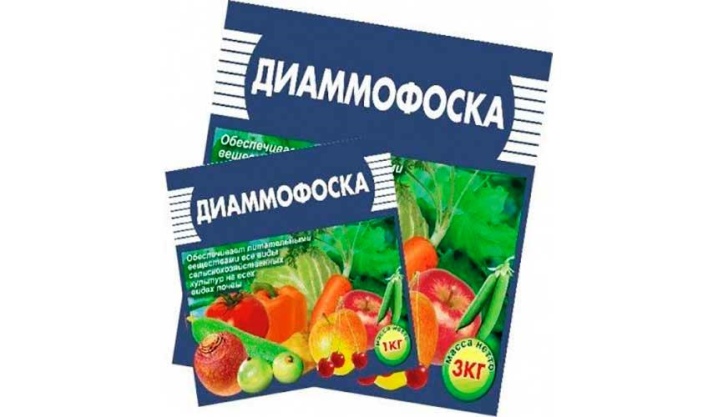
What it is?
Fertilizer diammofosk belongs to the category mineral complex compounds, equally well suited to garden, fruit and vegetable crops. It has no seasonal restrictions, it can be introduced into the soil during planting and during the growing season. Diammofoska is sold in standard packages, it is a friable granular substance that can be easily ground into powder or dissolved in water.
Belonging to the category of complex fertilizers, the drug contains 3 basic components: potassium, nitrogen and phosphorus in a certain proportion. Due to the optimal balance of ingredients, diammophoska is suitable for dry application as a basic top dressing, which increases the rooting rate of new seedlings. The introduction of the granules takes place by the root method.
The basis of the nutritional "cocktail" - diammonium phosphate, or DAP (DAP), ensures the maximum preservation of substances in the soil: they are not washed out by rain, they are resistant to evaporation and weathering.
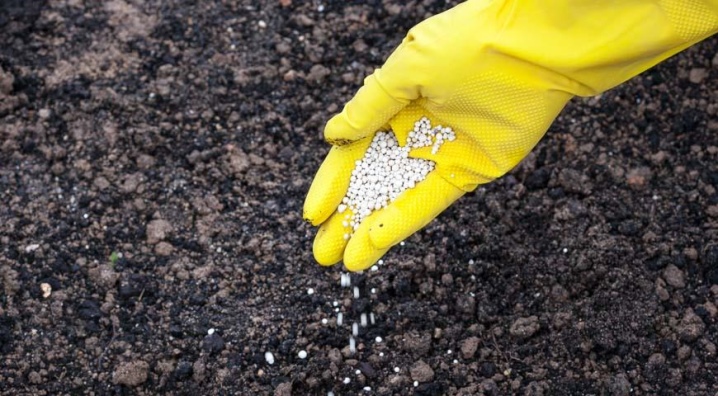
Composition and characteristics
Diammofoska is a chemical based on nitrogen, potassium and phosphorus. Each substance in this list is responsible for its own direction in the course of plant development.
- Phosphorus... Influences development in the stage of flowering, fruiting, during the formation of ovaries and in general throughout the entire vegetative period. In diammofosk, this component is in the form of an oxide, which makes it water-soluble and more convenient to use, and most importantly, fast-acting. Common forms of phosphorus do not have this advantage.
- Potassium... Essential nutrient for root and stem growth. It is on him that the speed with which the plant gains height depends. With a lack of this microelement, a decrease in immunity is observed, flowers and ovaries are formed worse. The use of diammophoska helps to provide a significant improvement in the taste and consumer qualities of the fruit.
- Nitrogen. This microelement has a general stimulating effect, when it decays, it gives the soil fertility, increasing its properties.
Diammophoska complex allows you to achieve fast and effective absorption of nutrients by the plant... It has a higher immune defense, grows and develops without difficulties.
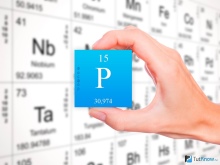
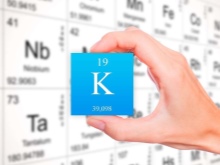
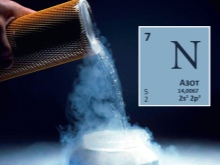
The proportions of the basic components in diammophos are quite simple. Mixes are produced with a proportion:
- 10% nitrogen;
- 25 or 26% potassium;
- 25 or 26% phosphorus;
- about 6-7% calcium, sulfur, zinc, magnesium and iron.
The difference between ammophos and diammophos is not too great, but still there. In the first case, the mineral complex includes only nitrogen and phosphorus. In the second there are 3 basic components, there are inclusions of other minerals in the amount of up to 6-7%. If we consider the similarities, then we can find the presence of phosphates in the ammonium form (neutralized with ammonia), a granular form of release, the absence of chlorine and nitrate compounds.
The main advantages of this finished fertilizer are its fast action and controlled dosage. Salmon pink granules can be applied dry or dissolved in water for irrigation.

What is it used for?
Diammofoska is a chemically safe preparation without chlorides and pesticides. It does not harm humans or pets, insects, it is considered a universal remedy, suitable for watering lawns, and for use in conjunction with organic fertilizer complexes. In the garden, diammofoska is absolutely irreplaceable throughout the active season. With its help, it is possible to create conditions for abundant fruiting of cucumbers and tomatoes, improve the yield of potatoes, and protect plants from the most common diseases.
It is recommended to lay Diammofosk under winter wheat, use for other crops carried out in the cold season. For nightshade crops this fertilizer becomes one of the best solutions, since it has an equally beneficial effect on the root system, shoots, fruits and ovaries. This complex is useful and for cruciferous, it is not prohibited for root application due to the absence of chlorine in the composition, accelerates the formation of heads of cabbage, scares away slugs.
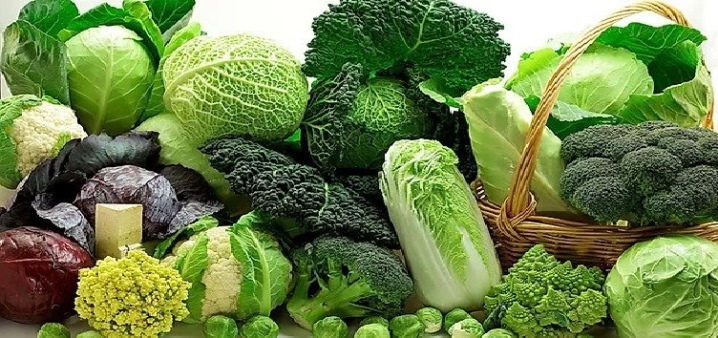
For potatoes Diammofoska serves as the same nutrient that is needed to increase yields. It is used for planting, laying a little in each hole.
When growing fruit and berry crops complex fertilizers are used as a means of regular feeding. Of course, the norms for strawberries and pears or apples will be different, but the method of application will remain the same. Here, with the help of diammophoska, conditions are created for abundant and prolonged flowering, the formation of fruits.
Plants become more resistant to diseases, develop better, give shoots.
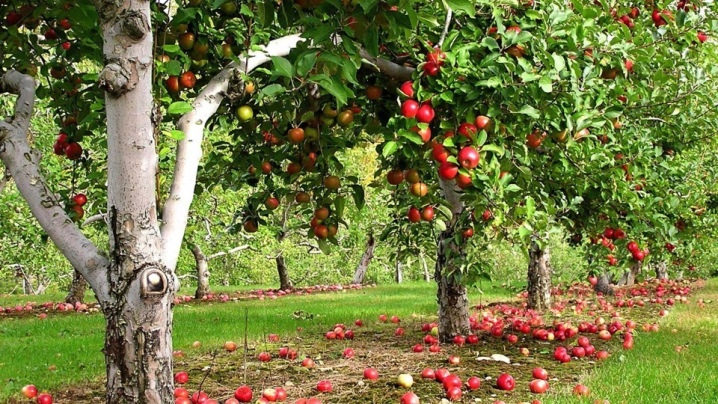
Instructions for use
The use of diammophoska is mandatory strictly according to the instructions. For representatives of different garden, horticultural, fruit crops, the methods of application are different. For example, in the fall for winter cereal crops, the granules are embedded directly into the ground. In the case of other cultures, it is worth focusing on their individual needs.
For vegetable crops
Diammofoska is considered an excellent choice for tomatoes, eggplants, cucumbers. Top dressing is done in 2 ways.
- Watering. The solution is prepared from 10 liters of water, 10 g of granular fertilizer and 0.5 kg of manure. The finished composition is used as part of root watering. During the season, watering is carried out 2 times.
- Digging. Fertilizer is applied to the soil in granules - 50 g per 1 m2 of open ground. For a greenhouse or greenhouse, this rate is reduced. Here 30 g / m2 is enough.
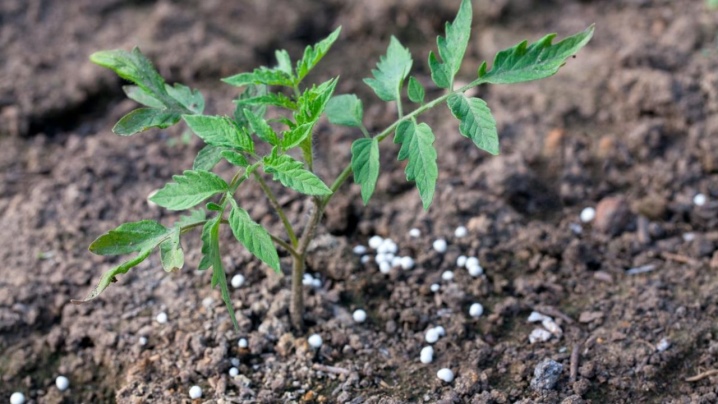
For cruciferous crops and potatoes
Cabbage and its related cruciferous plant species cannot tolerate chlorine-containing fertilizers. Conventional potash formulations are not suitable. Diammofoska compares favorably with them in that it does not contain this dangerous ingredient. It is brought in into the ground before planting crops, when digging in the form of granules - 25 g per 1 m2.
When transferring seedlings, fertilizer is placed in the hole. Just 5 g is enough for each plant. Cabbage gets the necessary nutrients and grows faster and better. During the formation of heads of cabbage, such feeding will help make them stronger and help scare off pests.
Fertilization methods for potatoes are the same, only the dosage for digging will be reduced to 20 g / m2. With small planting volumes, you can make 5 g of diammophoska in each well.
At the same time, it is forbidden to separate tubers, use fertilizer as a solution for soaking planting material.
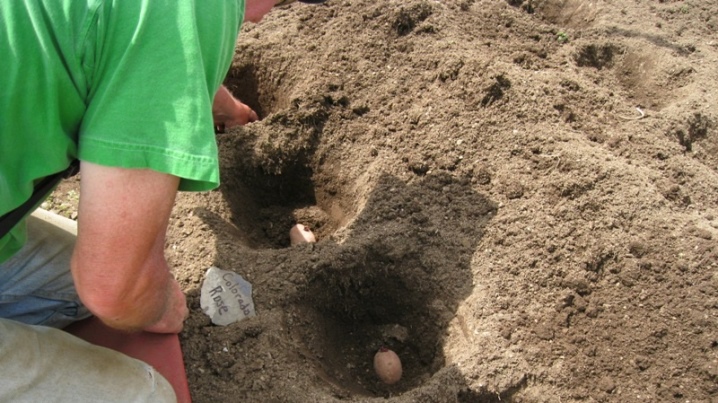
For flowers
Fertilization of flower crops using diammophoska is preparation of a solution in a concentration of 1: 1 and subsequent watering with it... This complex is also suitable for home use, when caring for indoor plants.It is recommended to apply universal fertilizer no more than 1 time in 14 days.

For cereals and lawns
For winter planting of rye, wheat, barley, it is used original fertilization scheme... First, the belt method is used, with the granules buried by 10 cm. For wheat and barley, 8 c / ha will be enough. With autumn digging, this dose is halved.
When sowing a lawn, after the snow melts, ammonium nitrate is scattered over the surface of the soil, and the time for diammophoska comes in summer. Average consumption - from 300 g of powdery composition per 1 m2.
This is enough to accelerate root growth, improve density, and increase the intensity of the emergence of young shoots.
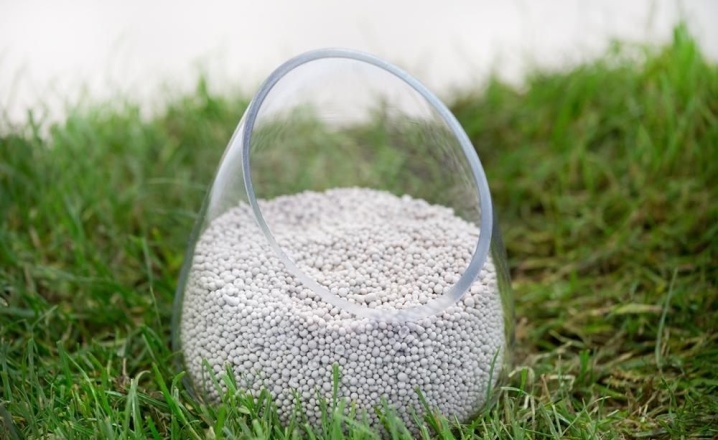
For fruit and berry crops
No watering is used here or bookmark diammophoska under the root, and the introduction of granules when loosening. Perennials also include strawberries - for it, the feeding scheme is similar to that used for bushes and trees. For 1 m2 of the area of the ridge, add 10-15 g of granular substance. If necessary, you can also irrigate with a solution consisting of 10 liters of water and 15 g of diammophoska.
Vineyards fertilize by simply scattering granules on the snow before it melts (in spring). The recommended dosage is 25 g per 1 m2. For trees and shrubs, it is better to take not averaged, but individual calculations:
- for apple trees, pears, you need 30 g;
- for perennial shrubs, plums, peaches, apricots - 20 g;
- for annuals and biennial ornamental or fruiting shrubs, 10 g of fertilizer are applied.
This will be enough to provide optimal conditions for growth during the spring season; in the summer, you can repeat the feeding.
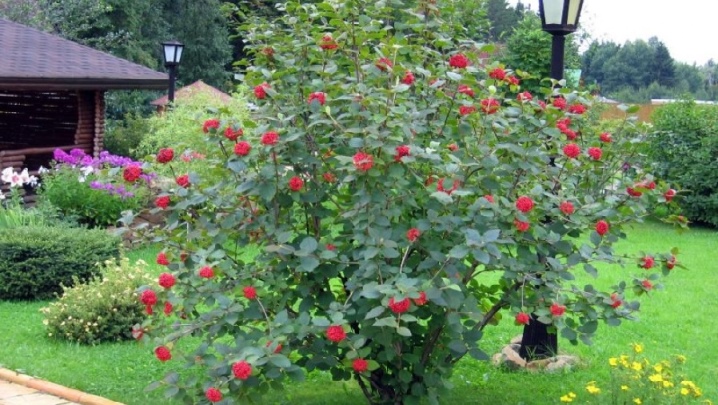
Storage and precautions
Like any other type of chemical fertilizer, diammophoska needs proper storage and careful handling. Despite the fact that the tool is considered relatively safe, it is still recommended not to forget about the precautions when working with it.
- When used in liquid or granular form, the fertilizer should be taken only with gloves, the respiratory organs should be covered with a respirator or mask.
- It is forbidden to drink a solution of diammofoska, if the drug enters the stomach and esophagus, it is recommended to take a large amount of water, gastric lavage followed by the use of adsorbents.
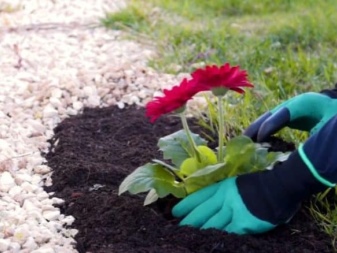
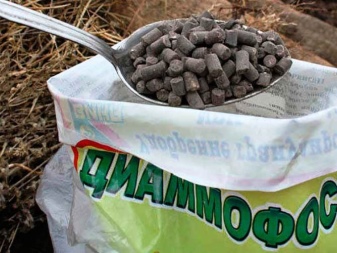
It is recommended to store a stock of the product at a normal level of humidity, room temperature, in well-ventilated spaces.... It is recommended to place an unopened package on shelves or other elements of storage systems. It is not recommended to place it on a concrete floor or bare ground. Do not store food or drinking water supplies nearby. Diammophoska, unlike many fertilizers, has an expiration date, it is recommended to carefully observe it.
For the use of diammophoska, see below.













The comment was sent successfully.